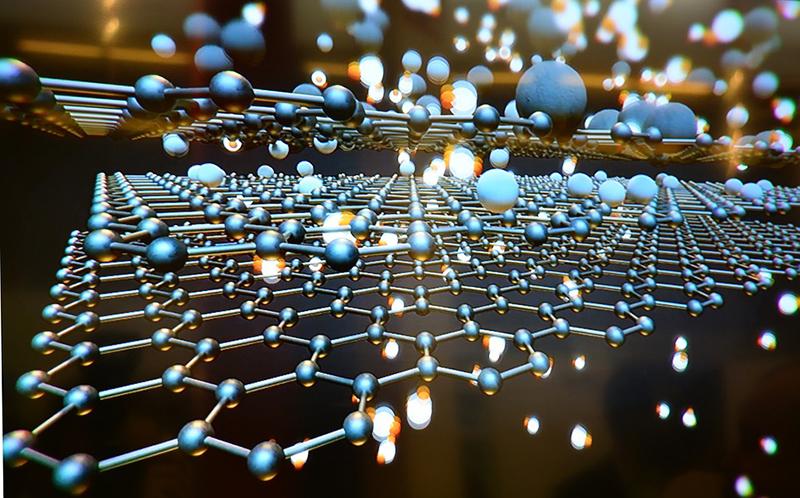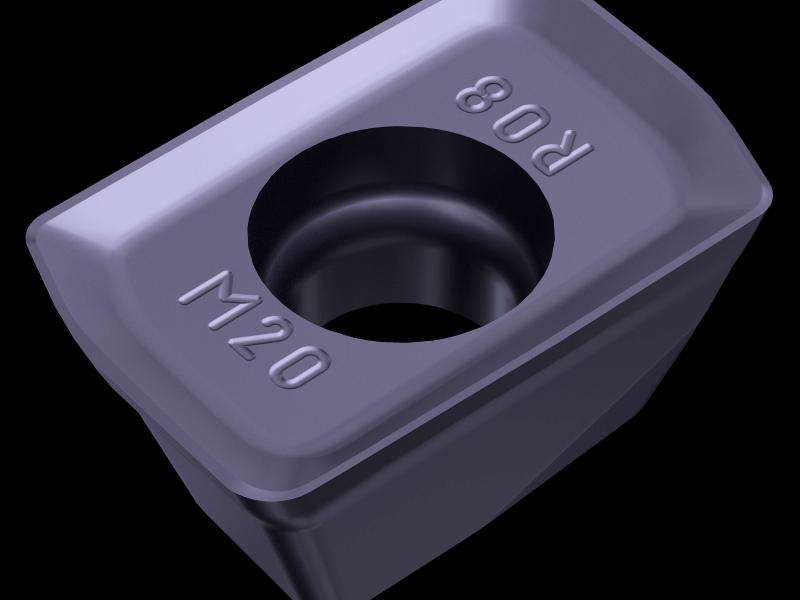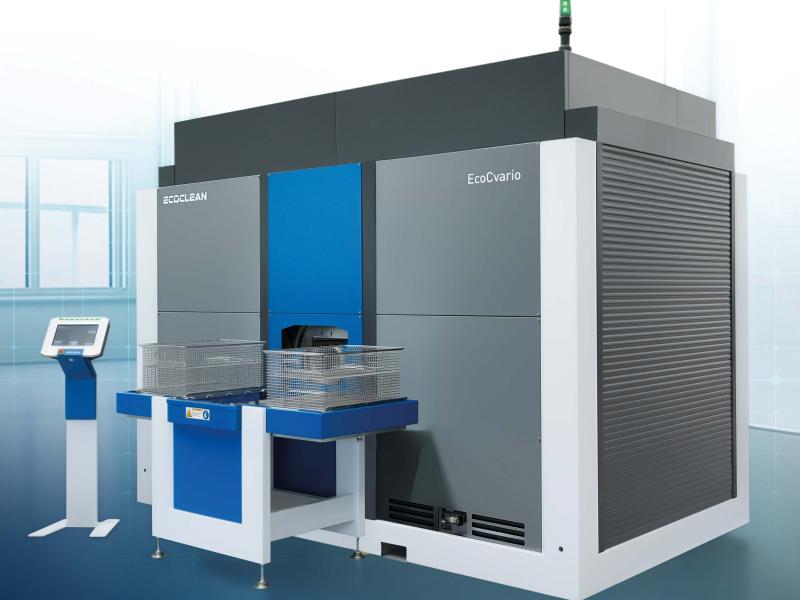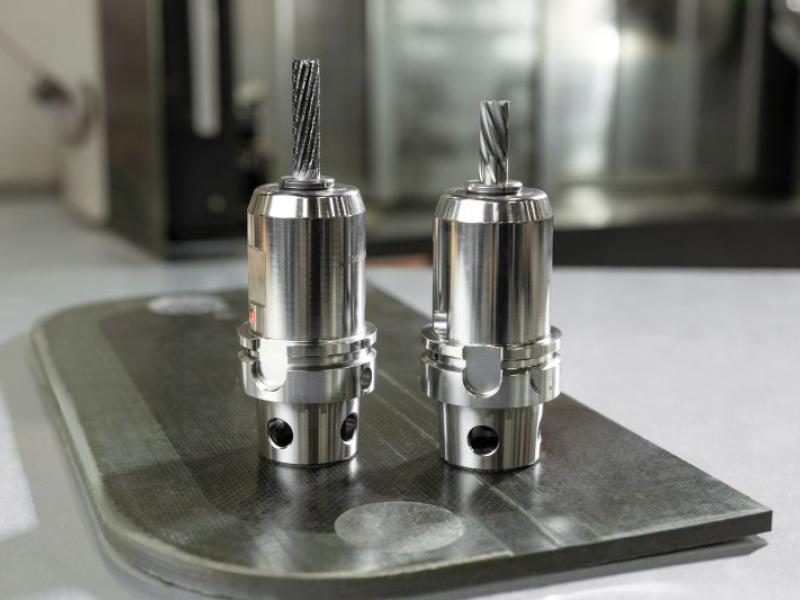In a study on the potential of graphene as a new emerging lubricant, researchers estimated that the reduced loss of energy to friction offered by new materials would yield potential energy savings of 2.46 billion kilowatt-hours per year, equivalent to 1.5 million barrels of oil. Here, Chris Johnson, managing director of EZO bearings supplier SMB Bearings, explains the little explored possibility of graphene as a grease additive to enable better, or limitless, bearing wear.
Friction’s most basic definition is the force that prevents smooth and easy movement of two moving surfaces in contact with each other. If not reduced or controlled effectively, a high level of friction often leads to higher wear and ultimately, poor reliability and equipment failure. Friction is a complicated problem for engineers — bearing friction is not constant and is addressed using certain tribological phenomena that occur in the lubricant film between the rolling elements, raceways and cages.
Whether a design engineer opts for a dry, silicon or mineral lubricant, an oil or grease, the aim will be to expertly match the lubricant to the application requirements to reduce friction between the internal surfaces of the bearing’s components by reducing or preventing metal-to-metal contact between rolling elements and raceways. While this is a good way of reducing wear and preventing corrosion, there are new materials that, when used on bearings, dramatically reduce friction compared to the lubrication and surface treatment options that are currently on the market.
On the macroscale, friction is the result of microscopic imperfections in surfaces. On the atomic scale, however, friction concerns the attractive forces between individual atoms. This opens up the phenomenon of super lubricity; where the atomic scale structural mismatch makes it impossible for multiple atoms in one surface to get close to atoms in the other, leading to extraordinarily low friction.
Since super lubricity was first proposed in 1990, several groups have observed the effect, but it has been difficult to scale because of the inconsistency between macroscopic surfaces. That is, until now.
Graphene as a grease additive
Graphene and its tribological potential as a lubricant remains relatively unexplored. Several studies have sought to investigate the sliding properties of graphene based dry lubricant, however few studies have explored the application of graphene as an oil or grease additive in rolling contacts.
Graphite was first used as an additive in early investigations due to its layered lattice-like properties. A 2014 study investigating multilayer graphene as a lubricating additive in bentone grease, concluded that the solid graphene additive was well dispersed in the grease, therefore provided a lower friction coefficient and less wear compared to graphite and ionic liquids.
With graphene being a two-dimensional material, it offers unique friction and wear properties that are typically not seen conventionally. Besides its well-established thermal, electrical, optical and mechanical properties, graphene can serve as a liquid or colloidal lubricant for bearings.
Graphene is ultrathin even with multiple layers, so it can be applied to systems with oscillating, rotating and sliding contacts to reduce friction and wear, as well as protecting bearings from corrosion when exposed to water, a process commonly known as tribo-corrosion. This is due to graphene exhibiting a slippery texture, which could potentially make it an excellent lubricant.
For certain applications such as heavy loads, greases are the lubricant of choice. These are simply oils mixed with a thickener. Although greases have greater lubricant drag than oils or dry lubricants, a reduced fill can provide a low torque bearing while also being appropriate for high speed applications. Certain disadvantages of grease lubricants must be overcome to meet the demands of modern equipment operating conditions. Now, grease with a graphene additive is being explored to further reduce frictional torque, potentially making this type of lubricant suitable for applications where it wouldn’t have previously been considered.
A 2019 study conducted by the Institute of Machine Design and Tribology, at Leibniz University, looked to reach a conclusion regarding the frictional properties of graphene as a grease additive. It investigated the frictional torque for sliding contacts and rolling bearing application. For the latter, two bearing test rigs were used to monitor the pivoting movement for more than one million test cycles. The results showed the frictional torque levels for the grease lubricant without a graphene additive compared to graphene grease in a series of thicknesses.
The frictional torque for the pure grease lubricated bearing averaged values of 150 Nmm, while the graphene platelets with a thickness of 6-8nm reduced frictional torque by approximately 80 percent and proved to be the most successful lubricant. The study concluded that the thickness of the graphene layers affected the coefficient of friction (COF), but all thicknesses tested reduced friction significantly.
Surface treatments
The process of adding a graphene coating to bearings is relatively simple compared to adding a traditional lubricant — graphene does not require any additional processing steps, other than just sprinkling a small amount of solution or spraying the solution on the surface, making this process simple, environmentally friendly and cost effective.
While grease with a graphene additive, reduces friction, a dry lubricant will reduce frictional torque even further. Research shows that the small number of layers in graphene not only reduces friction in steel seven times more, but also wear-and-tear 10,000 times more, reducing tribo-corrosion. Despite this, a one size fits all approach never works for bearing lubrication, so although adding a graphene coating may be more effective at reducing friction than graphene grease, this is not the only design consideration.
It is obvious that innovations in graphene and newly discovered materials have real potential as both dry lubricants and as a grease additive. Once fully developed, graphene could have positive impacts on many mechanical applications that could lead to tremendous energy savings.
For further information on SMB Bearings’ range of bearing lubricants and relubrication services visit the website: www.smbbearings.com.






